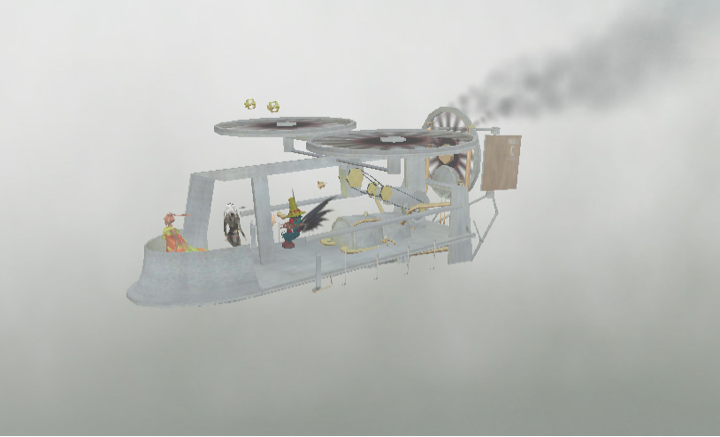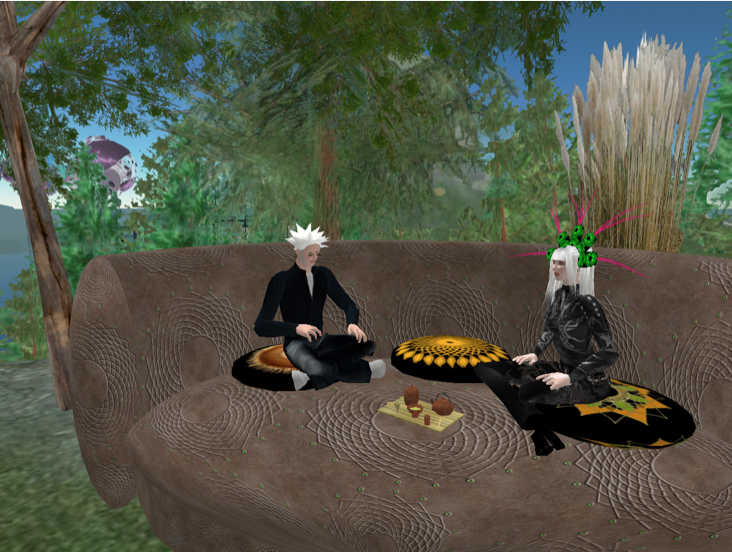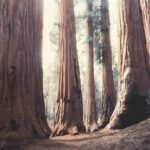
The contemporary psychological understanding of awe comes largely from a foundational article written by Keltner and Haidt (2003). According to the prototypical approach…the following two cognitive appraisals are central to awe experiences: the perception of vastness and the need to mentally attempt to accommodate this vastness into existing mental schemas.
~David B. Yaden and team
Core characteristics of the experience of awe:*
- Vastness (“I felt in the presence of something grand”)
- Need for Accommodation (“I felt challenged to mentally process what I was experiencing”)
- Time (“I sensed things momentarily slow down”)
- Self-diminishment (“I felt that my sense of self was diminished”)
- Connectedness (“I had the sense of being connected to everything”)
- Physical Sensations (“I felt my jaw drop”)
*From the Awe Experience Scale
When I was in my early 20s, I had a dream that fit Keltner and Haidt’s two “cognitive appraisals” central to the awe experience. The dream was hypervivid. I remembered every detail as if I had lived it in the day world. And I remember it vividly to this day. More such dreams followed. I came to call them Big Dreams. The dreams were awe-inspiring. They opened me to new realms of creativity.
A few decades later, when I was working with young people and educators in the user-created 3D immersive world Second Life, I had similar experiences of awe. Wandering around this vast world, entirely created by all of the people working and playing there, I definitely felt in the presence of something grand. Attending my first “dance performance” in Second Life, I had to pick my dropped jaw up off the floor. I was deeply moved by the collective creativity I was witnessing as people navigated their winged avatars through a series of choreographed events unbounded by gravity.
Wandering through the digital equivalent of acres and acres of woods, or flying with friends through the foggy skies in a steampunk airship, I was awestruck by what I came to call the Shared Imaginal…a world based in zeros and ones where I could dream up and co-create tea gardens with friends, wildly playful learning environments, or quite serious conferences. Second Life was an inspiring collaborative Creativity Engine. It’s actually quite challenging to put into words some of the awe-inspiring moments I lived in this unique digital world.

I appreciate the way writer Paul Nicolaus in “Awe Is a Skill You Can Cultivate” in Sierra magazine summarizes Keltner and Haidt’s groundbreaking research on awe:
…awe involves a “perceived vastness” that challenges our understanding of the world. It’s the feeling that what you’re perceiving is truly extraordinary—so far out of the ordinary that your mind doesn’t quite know what to do with it.
Research by Keltner, Haidt, Yaden, Kaufman and others has shown that the experience of awe can lead to increased prosocial behavior as well as “heightened feelings of wonder, curiosity, inspiration, contentedness, appreciation, love, trust, happiness, and joyfulness.”
Keltner and Haidt point out in their research that this sense of awe can have many different triggers. The vastness of nature is an obvious trigger for awe…a trigger that we all need to practice inviting into our lives. Art and music are other significant triggers. Standing in front of Vincent van Gogh’s The Starry Night amidst a crowd of other witnesses gathered some years ago at the San Francisco Museum of Modern Art, I was shocked by the awe I felt. I’d seen prints of it dozens of times throughout my life. I wasn’t prepared for the impact of the original. Sitting in the SF Jazz Center with my daughter, listening to Ornette Coleman perform with his band, I was awestruck by the brilliance of this singular musical genius.
So where am I heading with this? I’m going to suggest that for many young people today, school is significantly devoid of awe-inspiring experience. What if we opened ourselves more to the new (digital) locations in which young people are encountering awe? If we only look to our own familiar triggers for awe, we risk alienating our kids.
Here’s a challenge: For your family conversation, watch the video in the link below of Dacher Kelter presenting on the science of awe. As a family, discuss when and where you experience awe and how to bring more experiences of awe into your lives. Explore the conversation catalysts below.
Interested in learning more about the science of awe and how to create conditions for it to flourish in your life?
Short: “Awe Is a Skill You Can Cultivate” by Paul Nicolaus
Longer: “Can You Quantify Awe?” by Scott Barry Kaufman
Take the Awe Experience Scale survey.
Video: Why Awe is Such an Important Emotion, a talk about awe by Dacher Keltner (note: I have posted this before in Mindful Digital Life. Here is a second opportunity to watch it and consider).


